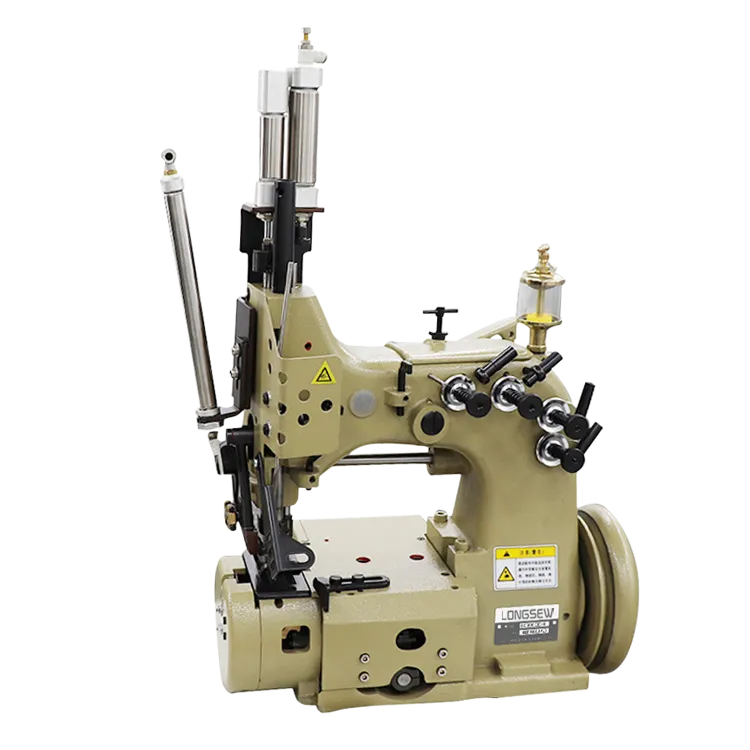Understanding the Basics of Lock Stitch in Sewing Techniques and Their Applications in Garment Construction
What is a Lock Stitch?
A lock stitch is one of the most fundamental stitches used in sewing, renowned for its durability and versatility. It is created using two threads the top thread, which is fed from the sewing machine's spool, and the bobbin thread, located beneath the fabric. This stitch is primarily used for sewing fabrics together and is commonly found in various applications, from clothing production to crafting and upholstery.
The mechanism of the lock stitch involves a precise interplay between the needle and the bobbin. When the needle penetrates the fabric, it carries the top thread through to the underside. As the needle pulls back, the bobbin casing is engaged by a hook, which wraps the bobbin thread around the top thread, forming a lock. This process results in a strong and secure stitch that holds the layers of fabric together. The lock stitch can be adjusted for different fabric types and thicknesses, making it an essential technique for sewers at all skill levels.
What is a Lock Stitch?
Another appealing feature of the lock stitch is its neat appearance. The top side of the stitch presents a smooth, even line, while the underside maintains a clean finish as well. This aesthetic quality makes it ideal for garments that are meant to be worn visibly, as well as for decorative stitching on various projects. Many sewing enthusiasts appreciate the lock stitch for its ability to combine functionality with style.
what is a lock stitch

In addition to its practical uses, the lock stitch is also a foundation for more complex sewing techniques. Many advanced patterns and sewing methods build upon the basic lock stitch, allowing for creative and innovative designs. Tailors and seamstresses often manipulate the tension and stitch length to achieve various effects, further enhancing the stitch's utility in fashion design.
However, it is essential to note that while the lock stitch has many advantages, it is not without its limitations. For instance, it may not be suitable for stretchy fabrics, as the tightness of the lock stitch can cause the fabric to lose its elasticity. In such cases, alternative stitching methods, such as the zigzag or stretch stitch, may be more appropriate.
In the world of sewing machines, the lock stitch is predominantly associated with the conventional sewing machine, although some sergers (or overlock machines) incorporate it into their stitching options as well. Mastering the lock stitch is often one of the first skills taught to new sewers, as it introduces the basic principles of sewing while offering immediate results.
In summary, the lock stitch is a vital element of sewing, widely used for its strength, neat appearance, and versatility. Whether crafting garments, home decor items, or intricate designs, this stitch remains a fundamental cornerstone for anyone looking to explore the art of sewing. Understanding how to create and manipulate the lock stitch not only equips individuals with valuable skills but also opens the door to endless creative possibilities.
-
Leather Sewing Machine: The Industrial Standard for Tough MaterialsNewsJul.18,2025
-
Sail Making Machine: Heavy-Duty Stitching for Industrial and Marine NeedsNewsJul.18,2025
-
Sling Sewing Machine: The Backbone of Heavy-Duty FabricationNewsJul.18,2025
-
Leather Sewing Machine: Precision for Heavy-Duty StitchingNewsJul.18,2025
-
Big Bag Sewing Machine: Powering the Future of Bulk PackagingNewsJul.18,2025
-
FIBC Sewing Machine: Essential Equipment for Bulk Bag ProductionNewsJul.18,2025
-
Heavy Duty Leather Sewing Machine: A Must-Have for Professional LeatherworkNewsMay.28,2025





























